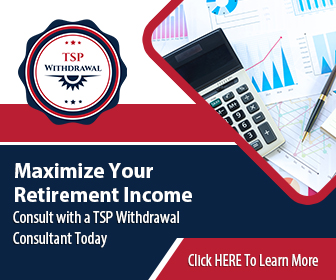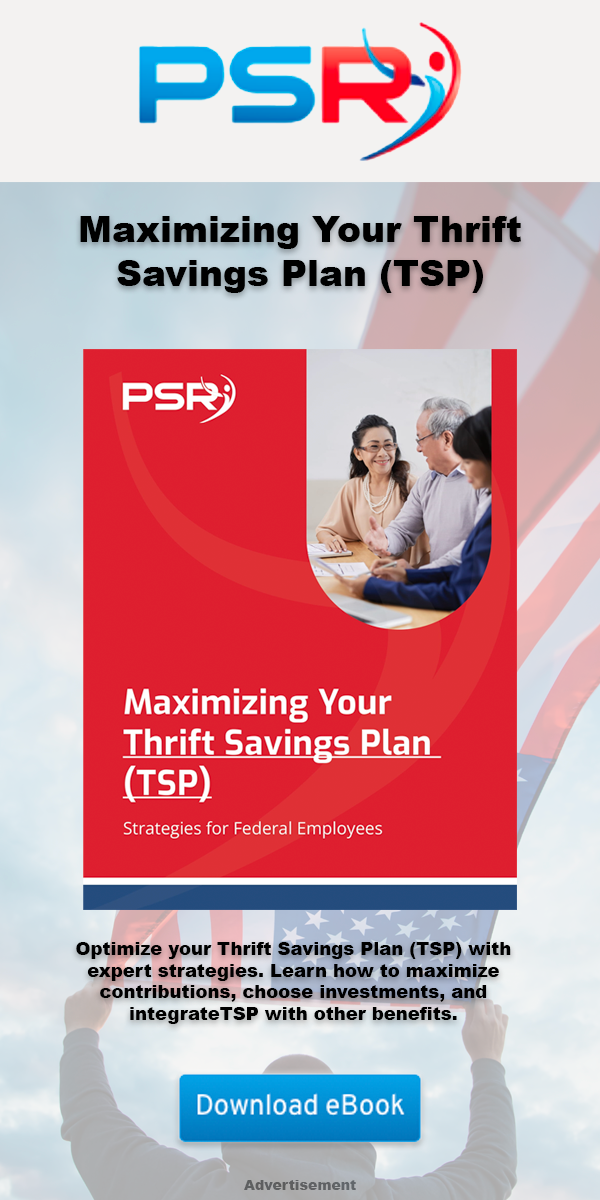Key Takeaways
- A Roth IRA can significantly impact your retirement planning by offering tax-free growth and withdrawals.
- This guide explores how incorporating a Roth IRA into your retirement strategy can provide flexibility and financial security.
How Roth IRA Impacts Your Retirement Planning: Find Out Here
Planning for retirement is a multifaceted process that involves selecting the right accounts to maximize your savings and minimize your tax burden. One such account that can significantly impact your retirement planning is the Roth IRA. With its unique tax advantages
- Also Read: FAA, Law Enforcement, and Special Federal Employee Categories—Here’s What Makes Their Retirement Unique
- Also Read: Blending Private and Public Sector Retirement Plans Is Complicated—Here’s Where Couples Get It Wrong
- Also Read: The Silent Shift in Postal Service Retirement Benefits That Could Change Everything by 2026
Harnessing Tax-Free Growth: Boosting Your Investments
One of the primary benefits of a Roth IRA is the potential for tax-free growth on your investments. Contributions to a Roth IRA are made with after-tax dollars, meaning you don’t receive a tax deduction for the money you put in. However, the advantage comes in the form of tax-free growth and withdrawals.
1. Compound Interest: Tax-free growth allows your investments to compound more effectively over time. Compound interest is the interest earned on both the initial principal and the accumulated interest from previous periods. This can significantly increase the value of your retirement savings, especially if you start contributing early.
2. No Annual Taxes: Unlike taxable investment accounts, where you owe taxes on dividends, interest, and capital gains each year, a Roth IRA shields your investments from these annual taxes. This means more of your money stays invested, growing faster over time.
3. Long-Term Benefits: The longer you keep your money in a Roth IRA, the more you benefit from tax-free growth. Starting contributions early in your career can lead to substantial growth by the time you retire, providing a larger nest egg.
Tax-Free Withdrawals: Maximizing Your Retirement Income
Another significant advantage of a Roth IRA is the ability to make tax-free withdrawals in retirement. This feature can provide substantial tax savings and more financial flexibility during your retirement years.
1. Qualified Withdrawals: To make tax-free withdrawals, the following conditions must be met:
- The Roth IRA must have been open for at least five years.
- You must be at least 59½ years old.
2. Early Withdrawals: If you need to withdraw funds before meeting the above conditions, you can still withdraw your contributions (not earnings) at any time without taxes or penalties. This flexibility can be valuable for managing financial emergencies or other needs without incurring additional costs.
3. Retirement Income Management: Tax-free withdrawals can help you manage your taxable income in retirement. Since withdrawals from a Roth IRA do not count as taxable income, they can help you stay in a lower tax bracket and minimize the taxes you owe on other income sources, such as Social Security benefits.
Eliminating Required Minimum Distributions: Keeping More Control
Unlike Traditional IRAs and other retirement accounts, Roth IRAs do not have Required Minimum Distributions (RMDs) during the original account holder’s lifetime. This feature provides more control over your retirement savings.
1. Continued Growth: Without RMDs, your Roth IRA can continue to grow tax-free for as long as you live. This allows you to maximize the account’s value, potentially leaving a larger inheritance for your beneficiaries.
2. Strategic Withdrawals: The absence of RMDs gives you the flexibility to manage withdrawals based on your financial needs and tax situation, rather than being forced to take distributions at a certain age. This can help you maintain a lower tax bracket and optimize your overall financial strategy.
3. Estate Planning Control: By not being required to take distributions, you retain more control over the timing and amount of withdrawals, which can be crucial for estate planning purposes. This flexibility allows you to tailor your estate plan to your specific goals and circumstances.
Roth IRA vs. Traditional IRA: Key Differences Explained
Understanding the differences between a Roth IRA and a Traditional IRA is essential for making informed decisions about your retirement savings.
1. Contribution Tax Treatment:
- Roth IRA: Contributions are made with after-tax dollars, providing no immediate tax deduction.
- Traditional IRA: Contributions may be tax-deductible, reducing your taxable income in the year of contribution.
2. Withdrawal Tax Treatment:
- Roth IRA: Qualified withdrawals are tax-free, offering significant tax savings in retirement.
- Traditional IRA: Withdrawals are taxed as ordinary income, potentially increasing your tax burden in retirement.
3. RMDs:
- Roth IRA: No RMDs during the original account holder’s lifetime.
- Traditional IRA: RMDs are required starting at age 72, forcing you to take distributions regardless of your need for the funds.
Strategic Roth IRA Conversions: Minimizing Future Taxes
Converting traditional retirement accounts to a Roth IRA can be a strategic move in retirement planning, offering several advantages for both you and your heirs.
1. Paying Taxes Now: When you convert a traditional IRA or 401(k) to a Roth IRA, you pay taxes on the converted amount in the year of the conversion. This strategy can be beneficial if you expect to be in a higher tax bracket in the future or anticipate higher tax rates overall.
2. Tax-Free Inheritance: By paying taxes upfront, you ensure that the Roth IRA can be passed on to your heirs tax-free. This can be particularly advantageous if you believe your beneficiaries will be in higher tax brackets when they inherit the account.
3. Timing Conversions: Strategically timing Roth IRA conversions can help manage the tax impact. Consider converting during years when your income is lower to minimize the tax burden. Spreading conversions over multiple years can also help avoid pushing yourself into a higher tax bracket.
Estate Planning with Roth IRA: Leaving a Tax-Free Inheritance
Roth IRAs offer several advantages for estate planning, making them a valuable tool for passing wealth to your heirs.
1. Tax-Free Inheritance: Beneficiaries who inherit a Roth IRA can continue to enjoy tax-free growth and withdrawals. This can provide a significant financial benefit to your heirs, allowing them to use the funds without incurring taxes.
2. No RMDs for Original Owner: As mentioned earlier, Roth IRAs do not have RMDs for the original owner, allowing the account to grow tax-free for a longer period. This can result in a larger inheritance for your beneficiaries.
3. Stretch IRA Option: Beneficiaries can take distributions from an inherited Roth IRA over their lifetime, a strategy known as a “stretch IRA.” This allows the funds to grow tax-free for a more extended period, maximizing the value of the inheritance.
4. Flexibility for Heirs: The tax-free nature of Roth IRA withdrawals provides heirs with more flexibility in managing their inherited funds. They can use the money for various needs, such as education, buying a home, or other significant expenses, without worrying about the tax implications.
Integrating Roth IRA with Other Accounts: Diversifying Your Retirement Plan
Using both a Roth IRA and other retirement accounts can provide a balanced and flexible approach to retirement savings.
1. Tax Diversification: By contributing to both a Roth IRA and a traditional IRA or 401(k), you can achieve tax diversification. This means having a mix of tax-free and tax-deferred accounts, giving you more flexibility in managing your taxable income in retirement.
2. Maximizing Contributions: Taking advantage of the higher contribution limits of a 401(k) while also contributing to a Roth IRA allows you to save more aggressively for retirement. This strategy can help you build a larger retirement nest egg.
3. Strategic Withdrawals: In retirement, having both types of accounts allows you to strategically withdraw funds based on your tax situation. For example, you can withdraw from your Roth IRA in years when you want to minimize taxable income or from your 401(k) when you are in a lower tax bracket.
4. Employer Matching: Contributing to a 401(k) up to the employer match ensures you don’t miss out on free money, while additional savings can be directed to a Roth IRA for tax-free growth.
Conclusion
Understanding how a Roth IRA impacts your retirement planning is crucial for maximizing your savings and minimizing your tax burden. With benefits like tax-free growth, tax-free withdrawals, no RMDs, strategic conversion opportunities, and estate planning advantages, a Roth IRA can play a significant role in securing your financial future. By integrating a Roth IRA with other retirement accounts and employing strategic planning, you can build a diversified and robust retirement plan that aligns with your financial goals. With careful planning and a well-balanced strategy, a Roth IRA can help you achieve a comfortable and financially secure retirement.













